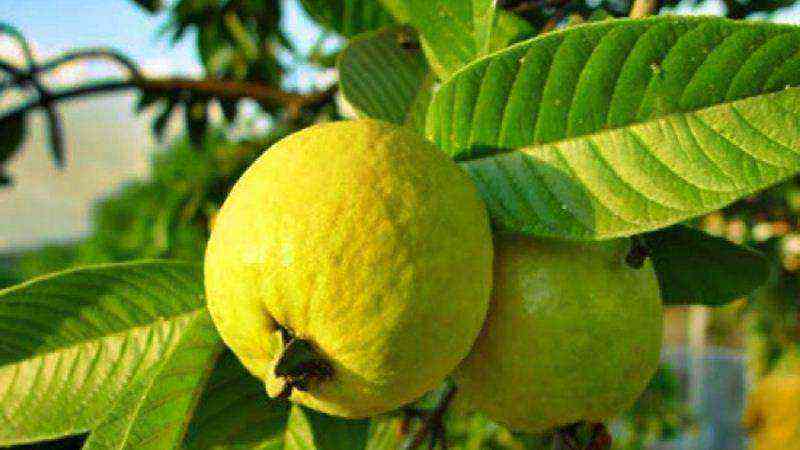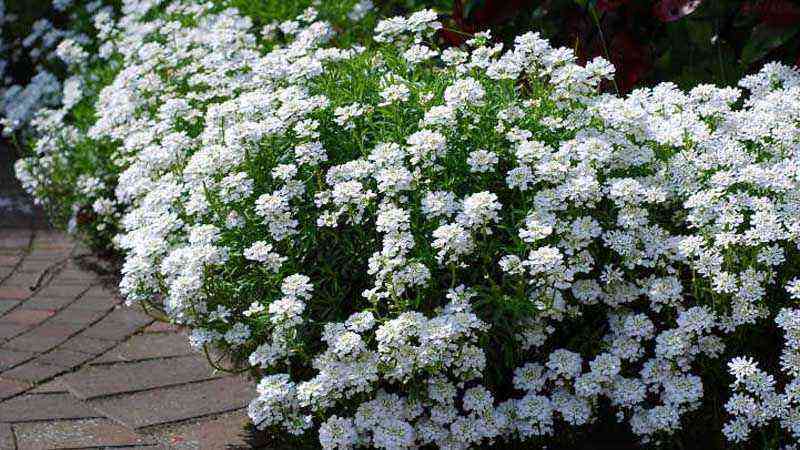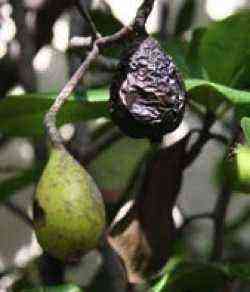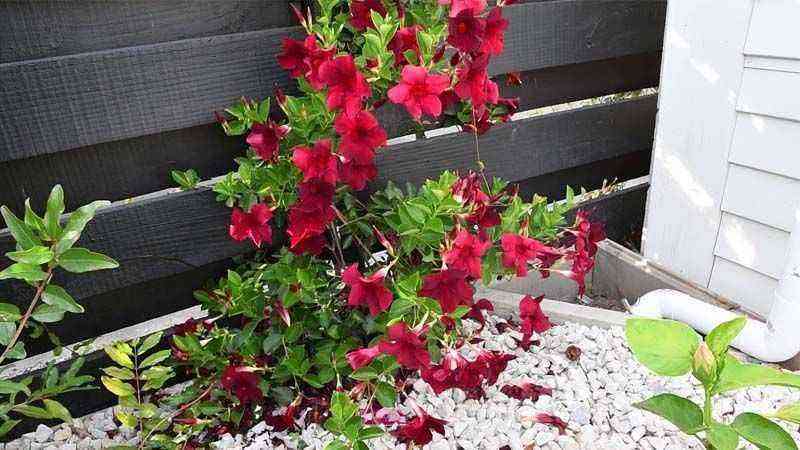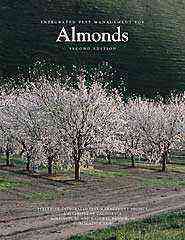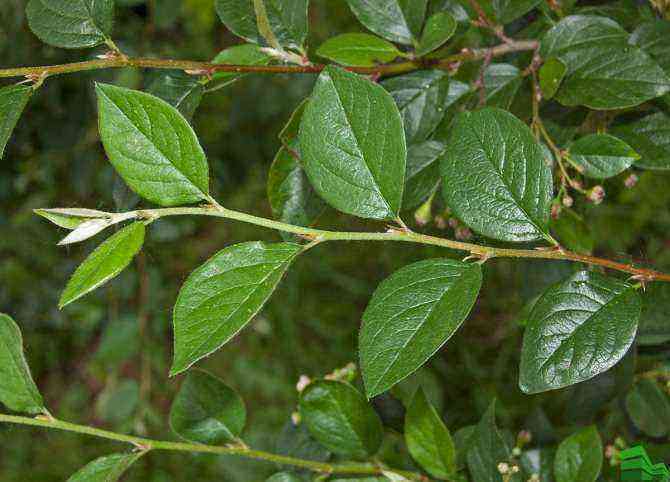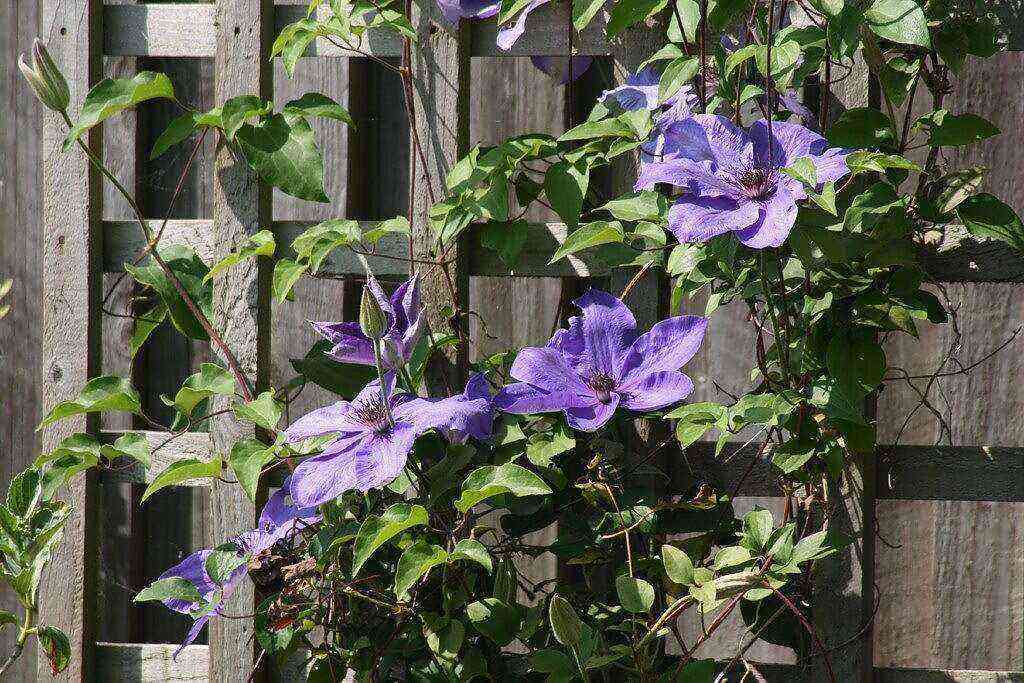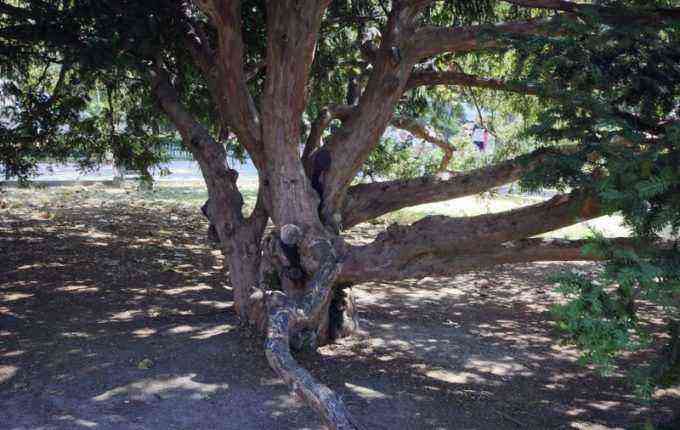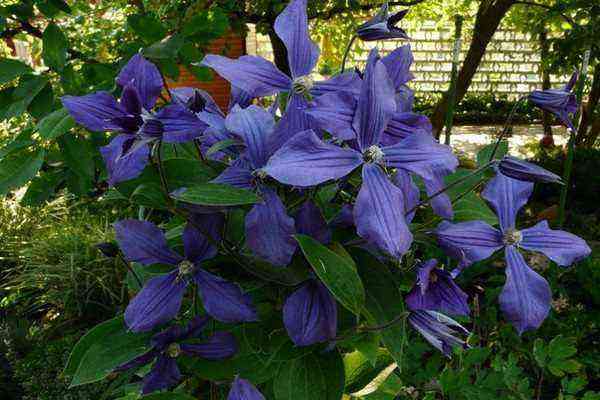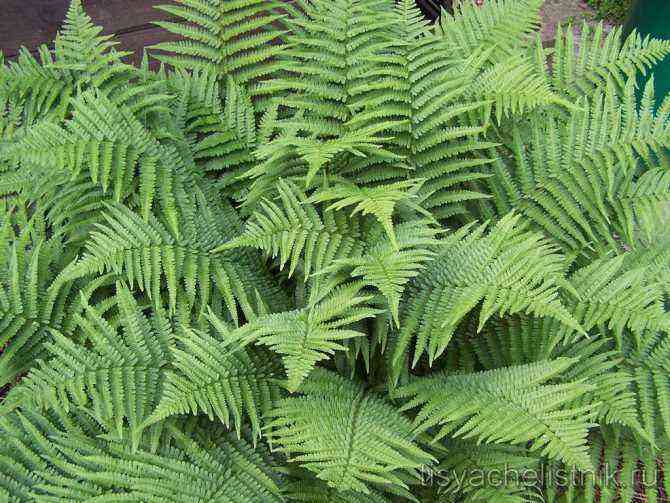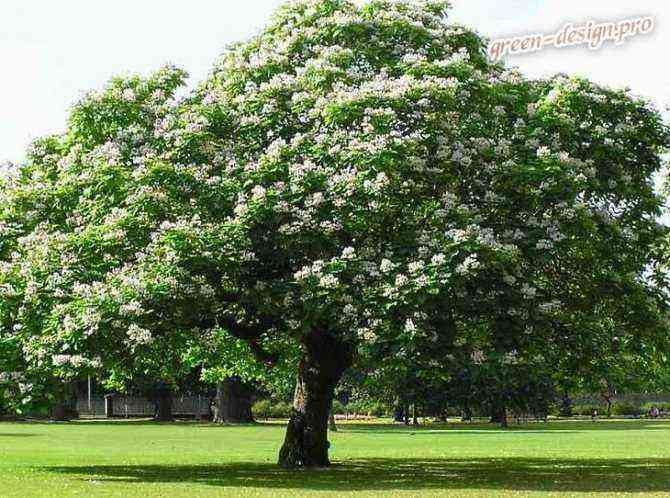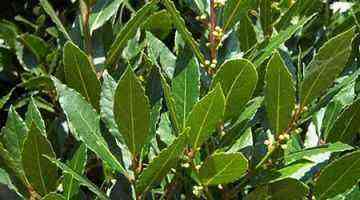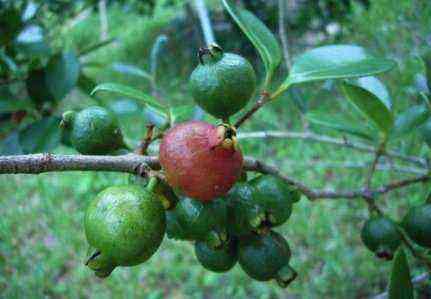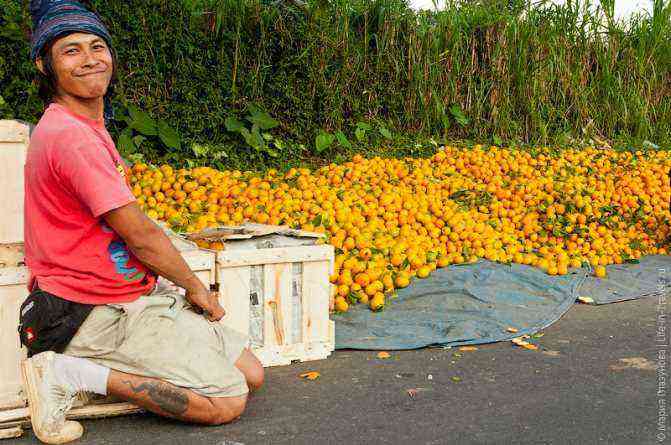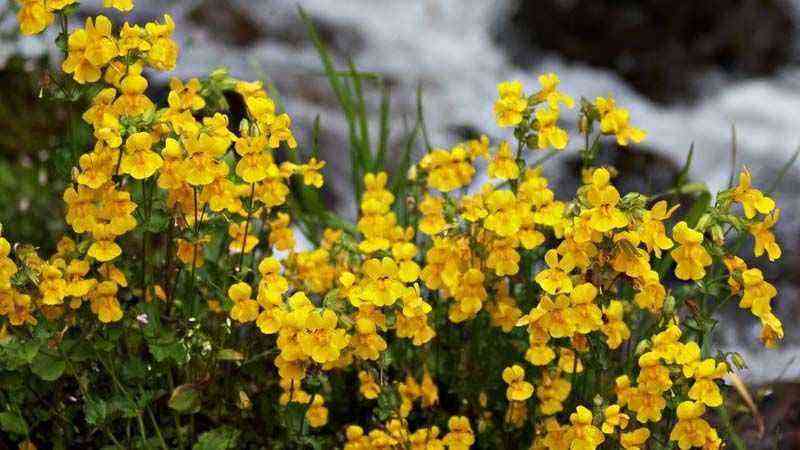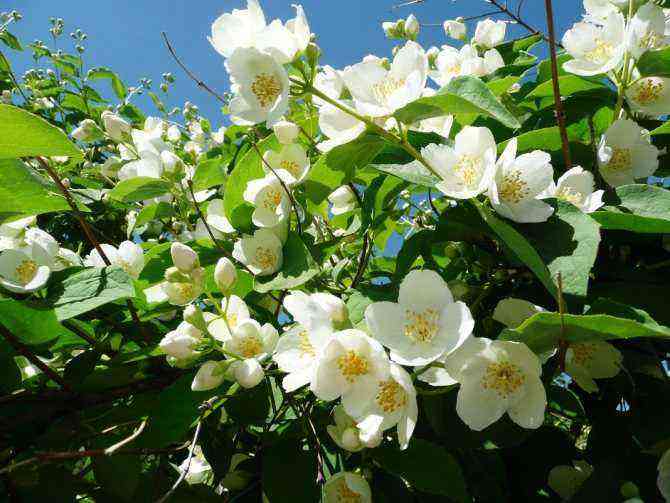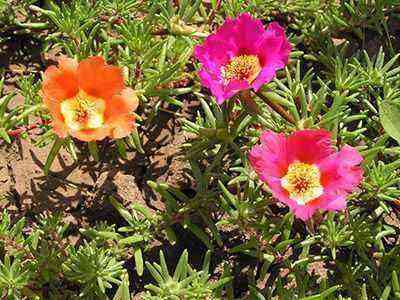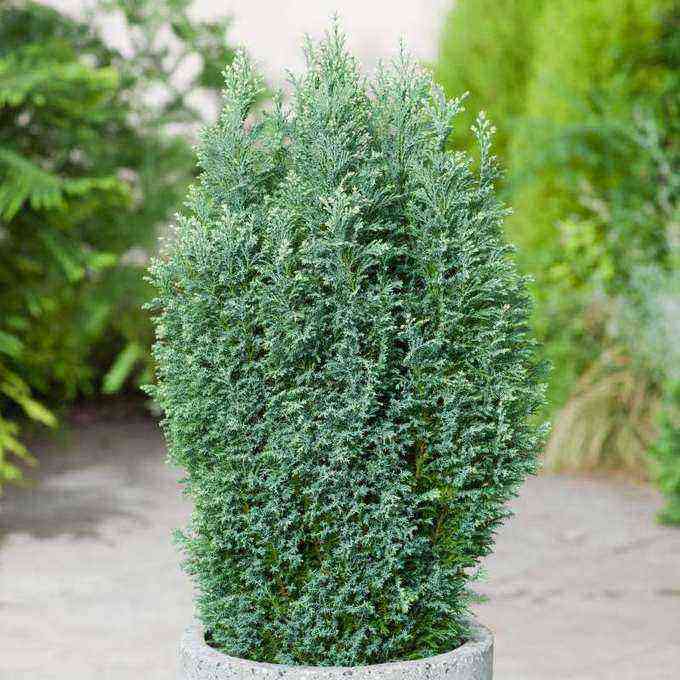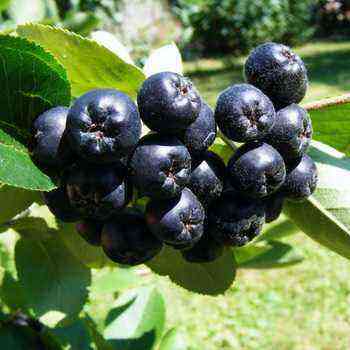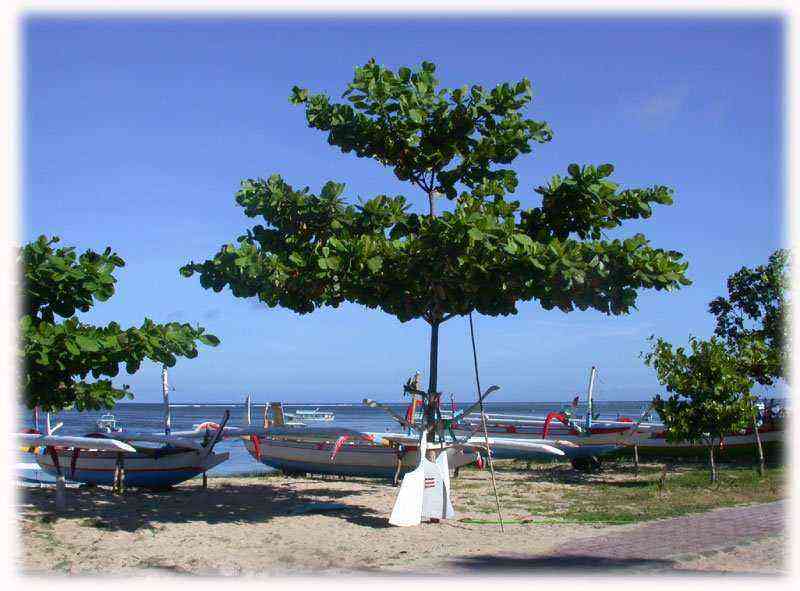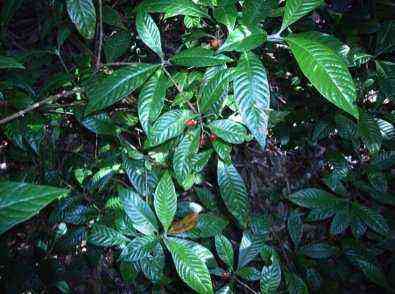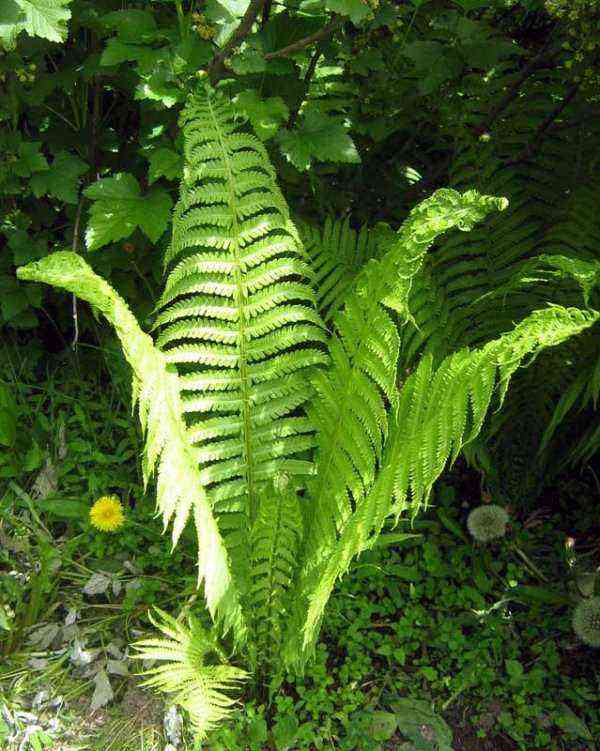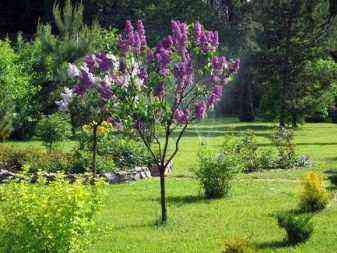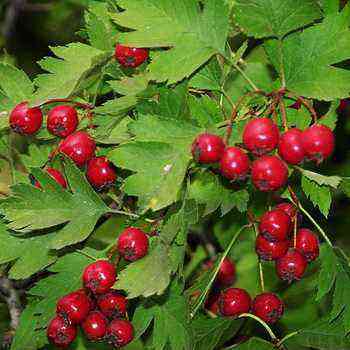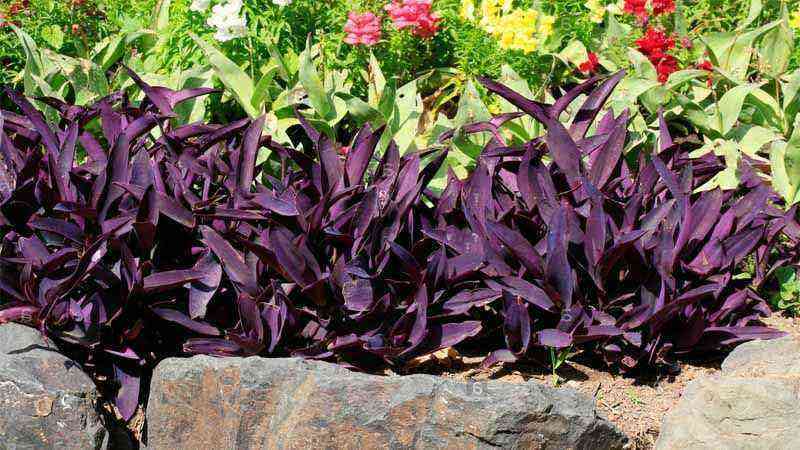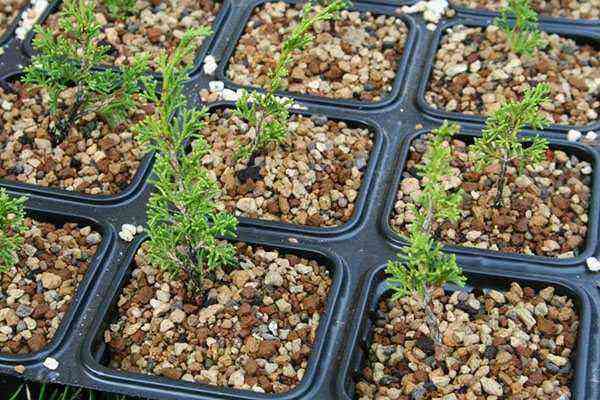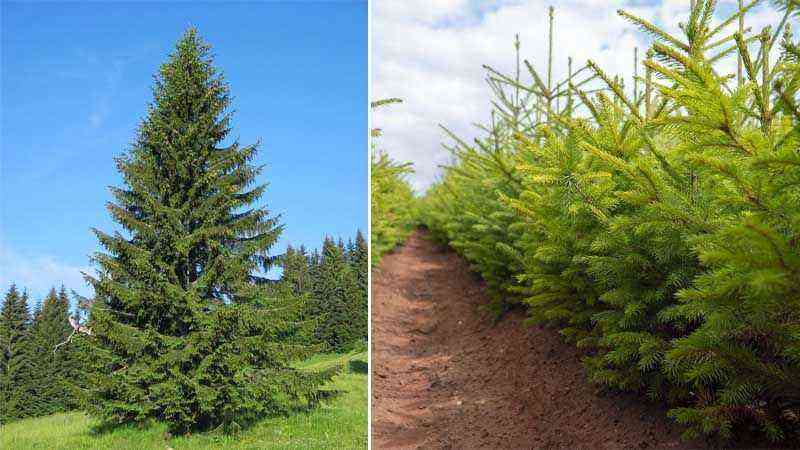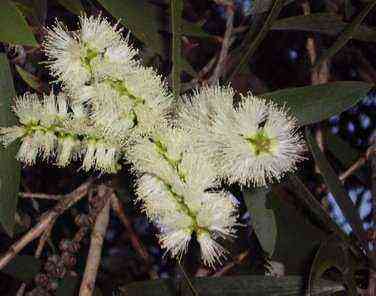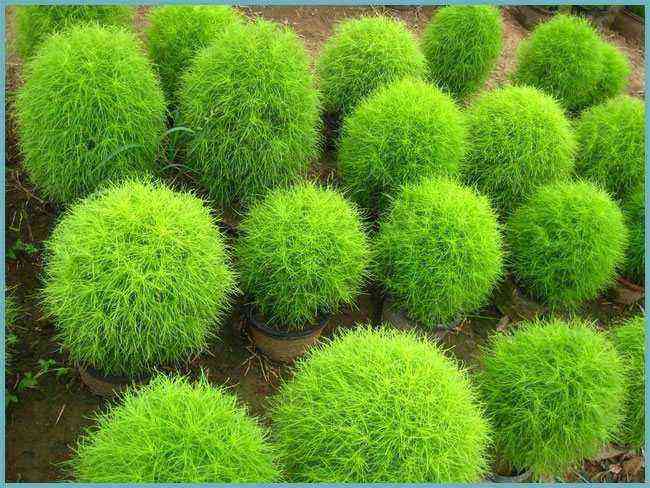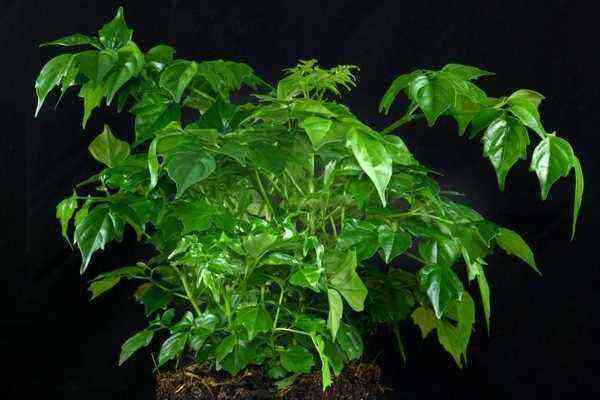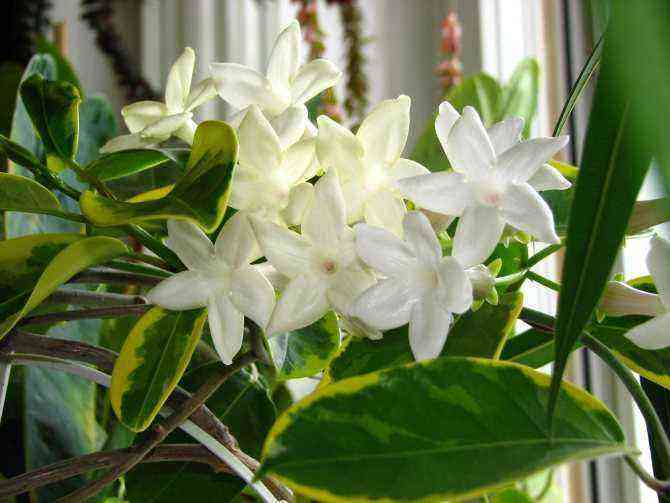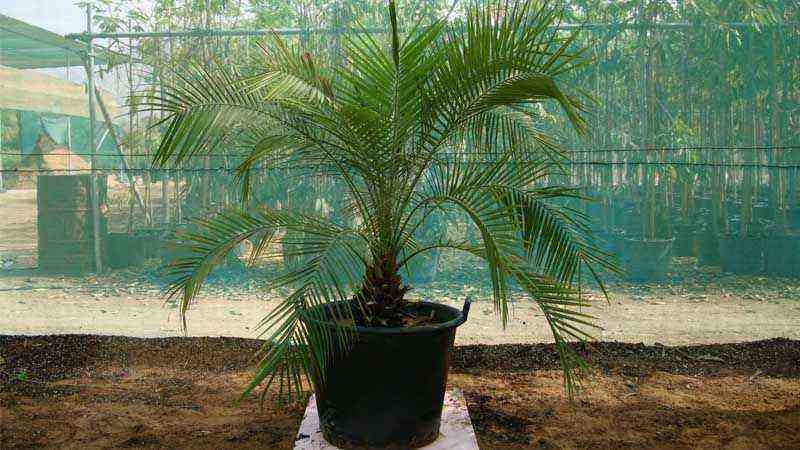Рone plant is considered to be Central and South America… The Spaniards in Peru were the first to discover it. It can be found in the subtropics and tropics of Asia, Africa, North and South America.
Outwardly it looks like a yellow or green bumpy apple. It has an oval, pear-shaped or oblong shape. The pulp is bright red. Tastes like strawberry and pineapple… Unripe guava fruits have a sour taste; in ripe fruits, it disappears. Fruit weight from 80 to 170 g. By these signs, you can recognize the fruit in the photo. The calorie content of guava is 68 kcal per 100 g of fruit.
Description of guava
The fruits of an evergreen tropical tree of the genus Psidium or Guava, the Myrtle family, which includes more than 100 species, is not familiar to every Russian, and even a European.
- The trees are not tall and rarely exceed a height of up to 2,5-3 meters, but there are also plant species in which the height of the trunk can exceed 4 meters. In some countries, guavas are more like shrubs. The trunk is smooth, copper-colored with thin bark. When detached, you can see a green trunk. It has a width of 25 cm. The crown is highly branched.
- Guava leaves are always green, opposite, oval, dense, covered with a thin skin. If you rub them in your palms, you can feel the characteristic aroma.
- White flowers, located in the axils of the leaves, one or more pieces. They reach 2,5 cm in diameter and do not have a pronounced odor.
- Its fruits in length have various sizes from 4 to 12 cm. They are round, pear-shaped, oblong oval in shape, with a characteristic musky odor. The size and shape of the guava, as well as the taste, depend on the type and variety of the plant. They grow on a tree and are shaped like a pear or apple. This can be seen in the photo of the guava. The color is green or golden yellow. Its skin looks rough in appearance, as it is covered with pimples like a lemon. In fact, it is soft and tender. Some guava varieties have a thick and rough skin, their fruits with a pronounced bitterness. The pulp can be of different colors: pinkish, creamy, all shades of red. It is tender, with numerous hard seeds, and tastes like pineapple with strawberries or raspberries. But flavors can vary depending on the species and variety. Once the fruit has reached ripeness, it becomes extremely fragrant and gives off a pleasant but strong smell that removes the smell of tobacco from the smoky room.
Botanical characteristic


Guava is a medium-sized fruit tree with a spreading crown, the height of which is 4 m. In natural conditions, it can reach 10 m, but in captivity it has a more compact size. Guava belongs to the myrtle family, where it is a representative of the class of dicotyledonous plants from the angiosperms department.
Guava leaves do not fall even in winter. Five months after flowering (sometimes three), large fruits weighing up to 160 g ripen on the tree. By the way, the flowering bush looks very impressive with its white inflorescences. The tree bears fruit quite richly: up to 100 kg of fruit can be harvested from one crop. There is also a second wave of fruiting, but in this case the size of the fruits and their number are half as much.
Where did the guava come from?
What the guava looks like, the photo of which is presented in the article, sorted out a little. Where did this plant come from? The homeland of the guava is the territory of Central America and Mexico. Here it was grown by the Indians, who used not only the fruits, but also the leaves from which they brewed tea, and wood for the construction of houses. Further, the distribution area of this plant has expanded across all tropical countries of Southeast Asia, Oceania. In Thailand, the popularity of guava is much higher than, for example, in Mexico. Tourists specifically try to get into the country during the guava harvest in order to enjoy the variety of this fruit.
Costa Rican Guayava (Friedrichstal psidium)
Psidium friedrichsthalianum belongs to the genus Psidium of the myrtle family. Small evergreen tree, up to 8 m tall. It grows in Central America.
Leaves about 10-12 cm long, 3-5 cm wide, opposite, elliptical or oval, pointed, not pubescent, dark green. The smooth bark cracks and flakes in places. Young shoots are red-brown, tetrahedral in section.
Friedrichstal psidium blooms in our conditions in spring. The flowers are white, about 4 cm in diameter, with a large number of accrete stamens. The flowers have a very strong spicy aroma, to the point of unpleasantness. The fruit is a rounded yellow berry up to 7 cm in diameter, with a pleasant aroma, without an unpleasant smell of flowers. The pulp of the fruit is white or yellowish with a large number of flat hard seeds with a diameter of about 4 cm. The fruit can be used instead of lemon in tea or simply raw with sugar. The Costa Rican guayava is very popular with children.
Cultivation
Psidium is easily grown from seeds, difficult to cut, it is desirable to use root formation stimulants and lower heating. During seed reproduction, it needs warm soil with a temperature of about 25-28˚C, while cold soil sharply increases the germination time and reduces the resulting germination of the seed. It blooms with both seed and vegetative propagation in the 3rd year. Already in the first flowering it can produce more than a hundred flowers, but the berries are tied only on a small part of them.
Shaping and responds well to moderate pruning. Strong pruning with a dramatic decrease in leaf mass, like other psidiums, is difficult to tolerate, it takes a long time to recover.
The literature provides data on a more complex cultivation of Psidim Friedrichstal in comparison with the usual guava. However, in the conditions of a warmed loggia, this species proved to be very unpretentious. It blooms easily and sets large fruits. It is advisable to additionally pollinate with a brush during flowering. In the presence of two specimens and cross-pollination, the yield increases dramatically, only the plants should not be cuttings from the same mother plant.
Needs very bright lighting for good growth and fruiting.
Any neutral or slightly acidic soil is suitable, it is desirable to use a soil with a large amount of coarse sand.
It winters well on an insulated loggia or in a winter garden at a temperature of 10-15˚С.
It can withstand a short-term temperature drop to 0˚С.
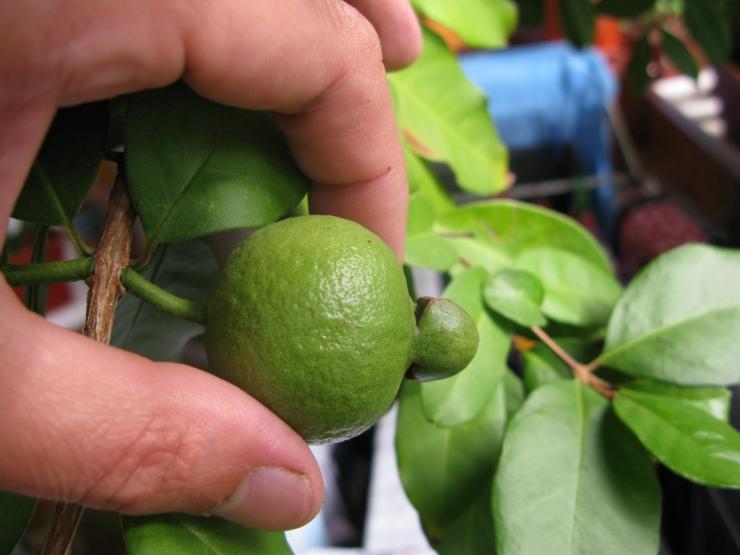
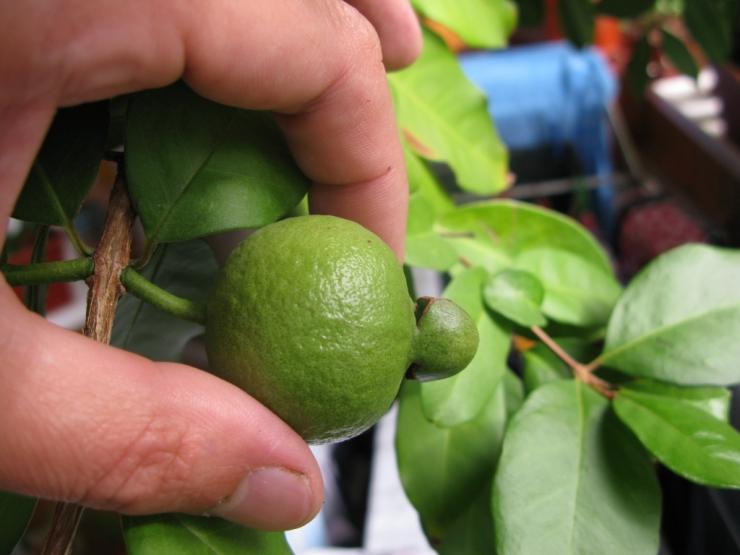
Photo: Costa Rican Guyava
Where does guava grow
Today, this plant is common in almost all equatorial countries. On the American continent, it is planted in all tropical territories, Bermuda and the Bahamas. The Spanish and Portuguese colonialists brought this fruit to India and Guam at the dawn of American colonization. Guava grows throughout the tropical region of southeast Asia, Oceania, in climatic regions of Africa – Algeria, Palestine. Guava grows on the Mediterranean coast, in all the islands of the Pacific Ocean, where it can be seen in gardens.
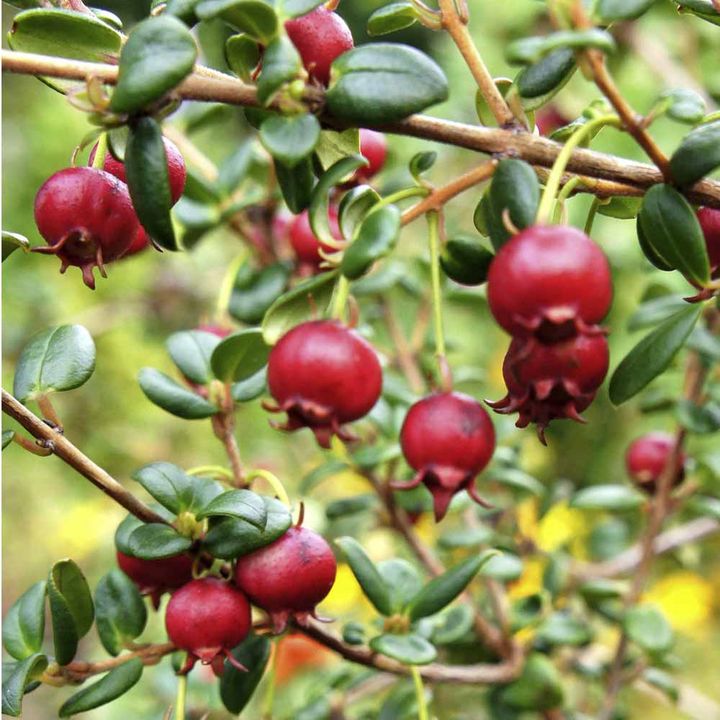
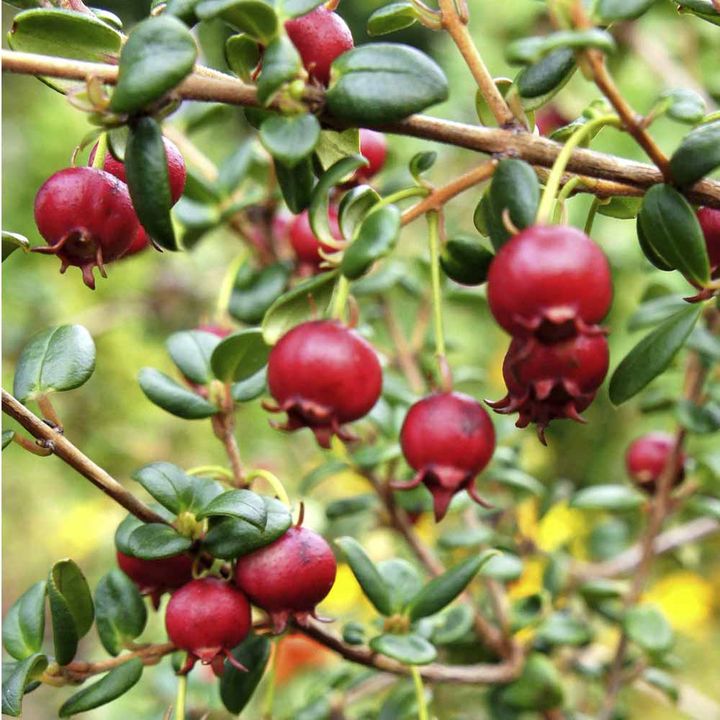
Commercial planting
Agricultural crops that provide a market where there is a demand for this fruit are available in many countries. They are in India, Colombia, Brazil, Cuba, Thailand, Vietnam, China, where they fully cover the need for this crop in their countries and send fruits for export.
In addition, guava grows naturally, forming small groves. They are considered weed plants, as they interfere with agricultural work, such plantings are subject to felling. The population is engaged in the collection of wild fruits. They can be found in Cuba, Fiji, Hawaii, Florida.
Flowering and fruiting
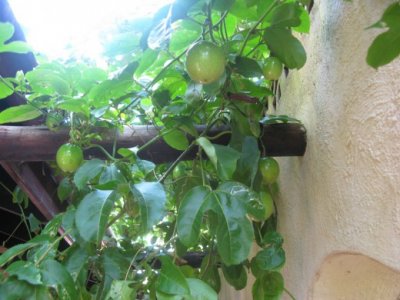
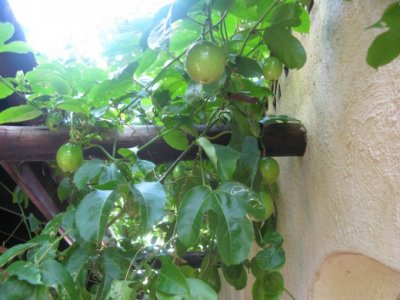
Flowering begins 4-5 years after sowing.
May continue all year round. Fruit ripening time is from 3 to 5 months. In an apartment, a crop can be obtained with careful care.
At the same time, the fruits will be small in size, unlike the southern ones, they may not have such good taste.
The plant is self-pollinated, you can increase the yield by transferring pollen with a brush from flower to flower.
How guava grows
A photo of this plant can be seen in the article. It tolerates well both wet and dry places. The tree does not tolerate even minor frosts, in which whole plantings of these plants die. Guava does not tolerate high groundwater levels, it needs drainage, although in the wild they can grow well in wetlands.
This tree is also unassuming to the composition of the soil. It can be anything. It does not matter. Guava trees are drought-resistant. But to get a full harvest in the gardens, they need watering. If it is not there, then the yield will drop sharply. Normally, a tree can bear fruit for up to 15 years, although its lifespan is 40. But with age, the yield gradually decreases. In commercial cultivation, the trees are drastically pruned to increase fruiting.
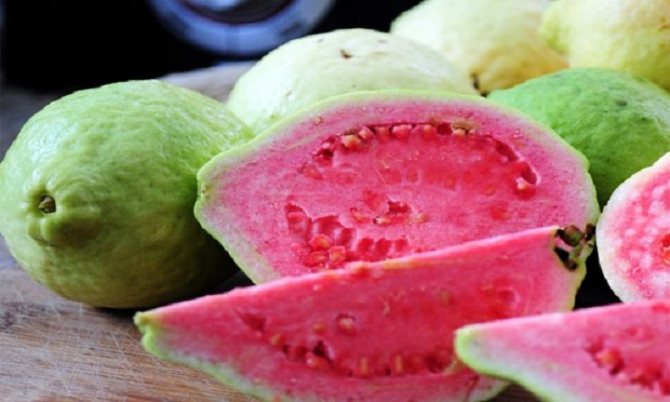
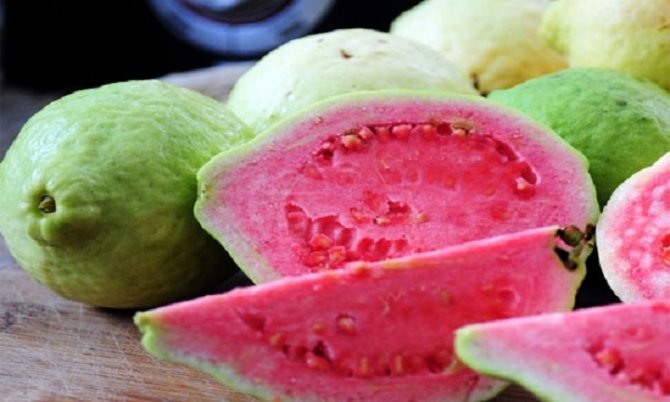
Growing guava at home
You can grow psidium yourself from seeds. They are removed from the pulp of a ripe berry and carefully peeled. Several seeds are immediately placed in a small pot, a little earth is poured on top and watered. To speed up growth, cover the pot with plastic wrap. The ideal place for him is in partial shade.
This plant does not need special soil. Its roots will completely fill the space of the pot in one season, so it should be transplanted into a larger container no later than 2 years later. In order for the earth to remain loose and allow air and water to pass through well, as well as to better retain nutrients, a drainage layer of pebbles or expanded clay is needed.
Guavas love places that are sunny and sheltered from the wind. A comfortable temperature for them is about + 30 ° C, and in the winter months – from 10 to 15 ° C. The plant only withstands a minimum temperature of 0 ° C for a short time.
Care
In both summer and winter, it is important to maintain a moderate soil moisture. Even if the ground remains dry for a short time, the leaves will begin to dry out and fall off. The need for water and nutrients in psidium is moderate to high. It should be fed with fertilizer from March to September weekly. You can use a long-lasting fertilizer.
Trimming
Plants don’t need regular pruning. If some of the unbranched shoots are too long, then they are pruned after harvest. Psidiums tolerate regular crown pruning in order to maintain their beautiful shape.
Harvest
Fruits fully ripen in 4-6 months. They are harvested when they begin to emit an intense exotic aroma and change the color of the skin. It takes up to four years before the plants begin to bear fruit.
You can watch the guava live in the video:
How to use guava
It is believed that it is not possible to find real guava fruits in supermarkets in Europe and Russia. They, of course, are there, but connoisseurs of these fruits do not recognize them as real. To try and enjoy the various varieties of guava fruit, you need to taste the fruits in the countries where they are cultivated.
But, you should immediately warn that in India and Thailand they are consumed unripe, cut into slices and seasoned with pepper and salt. This is, of course, a little strange for Europeans. The popularity of fruits that have not reached ripeness can be explained by the fact that in these countries two crops are harvested a year. To be in time, the fruits are removed a little unripe, so this is quite acceptable. Ripe fruits are used to prepare delicious jams, juices and cocktails. Thais love slices of guava in sugar syrup.
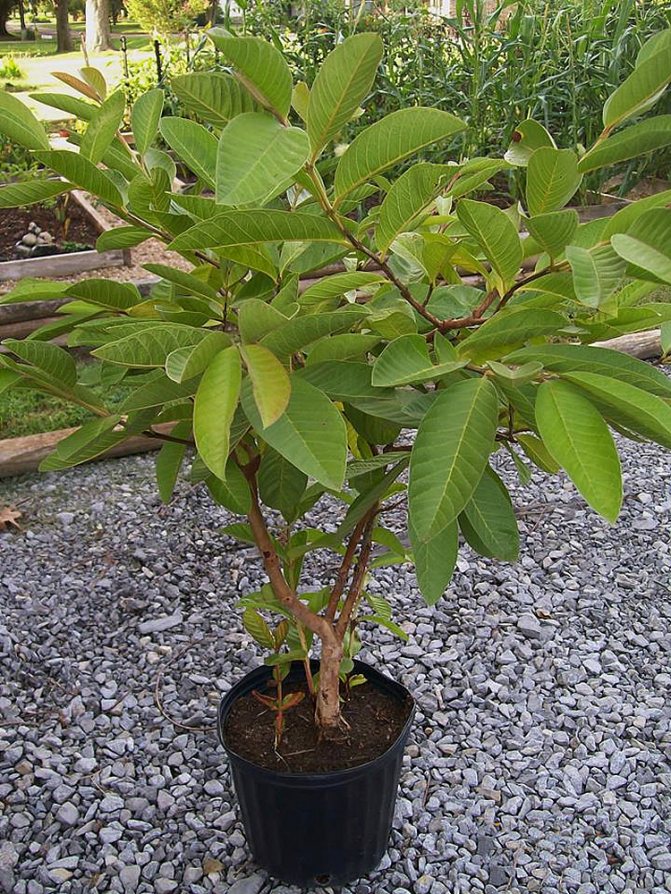
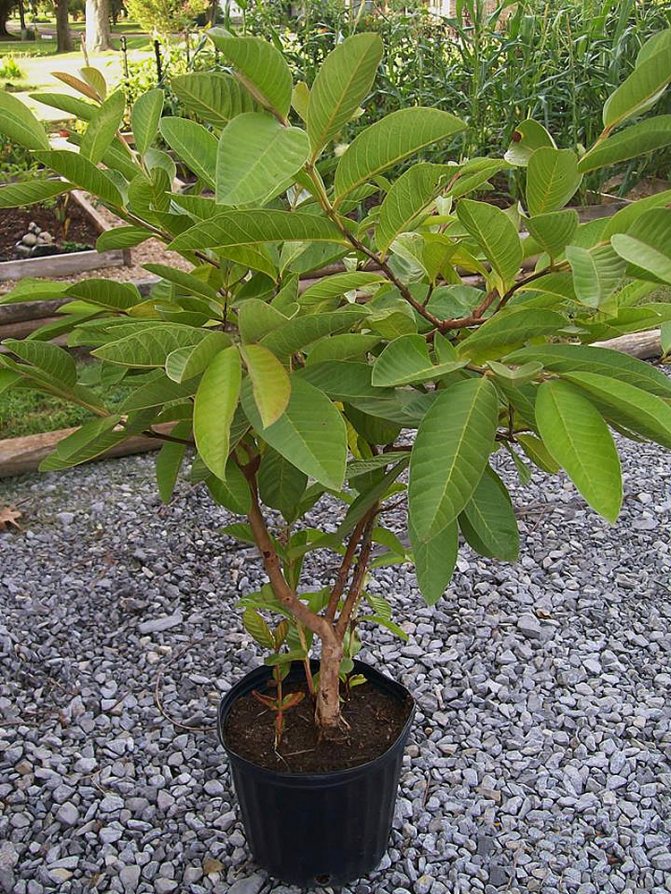
What can you cook
Guava is preferably eaten fresh, but it can also be used to make preserves, jams or jellies. In the national cuisines of southern countries, sauces, salads, snacks and drinks are prepared from the fruit. The fruit has a sweet and sour taste that resembles a mixture of strawberries and green apples. It blends harmoniously with spices such as honey, cane sugar, cayenne pepper and allspice. In India, fruit-based spicy sauces are prepared for meat and fish.
Guava frieze
The fruit has hundreds of varieties that are not alike in taste. Thus, the common guava has an invigorating citrus flavor. The name of the strawberry variety speaks for itself, and there is also guava Coronilla, Egyptian and Brazilian.
For a cooling and nutritious drink, use a strawberry fruit.

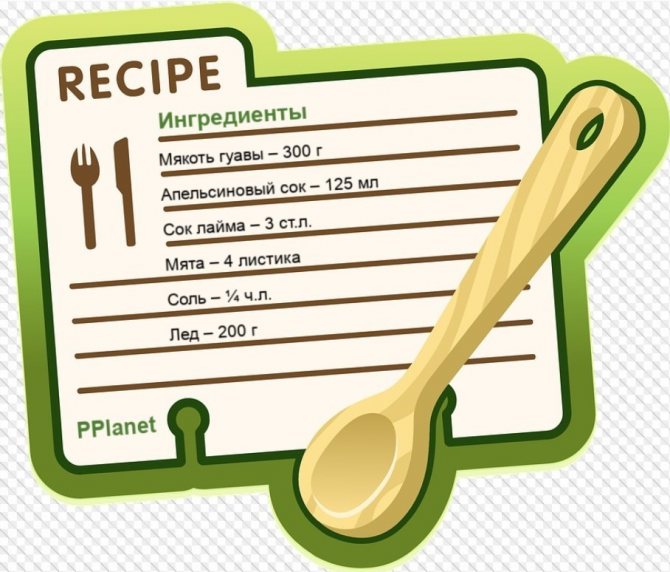
When creating a cocktail, it is better to follow simple steps:
- Mash the guava pulp until smooth.
- Mix with lime and orange juice.
- Salt and mix thoroughly.
- Add crushed ice.
- Pour into glasses and garnish with mint.
In reviews on thematic forms, participants note the beneficial properties and pleasant aroma of guava.
Fresh fruits are used to prepare juices, salads and jellies. They are added to cereals, puddings, yoghurts and cocktails. And from the leaves of the plant, a healing tea is brewed, which is used for nausea, dizziness and to regulate the menstrual cycle.
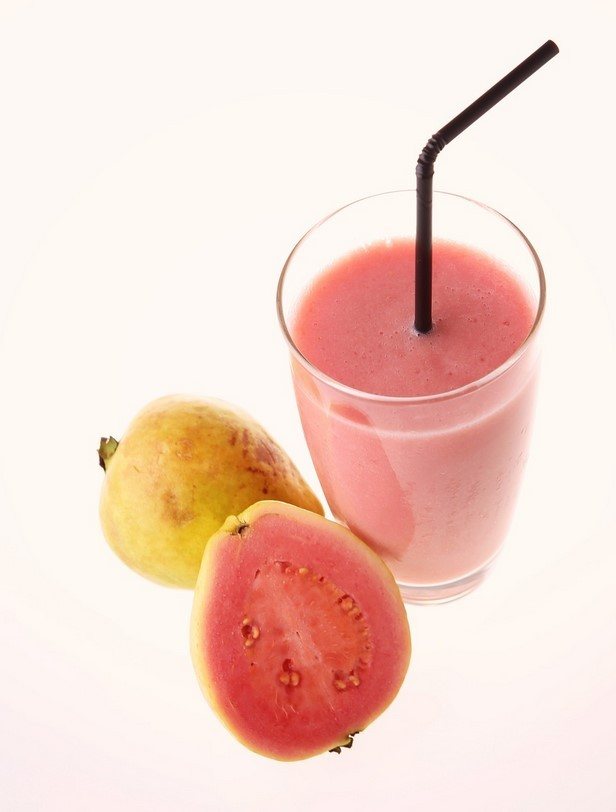
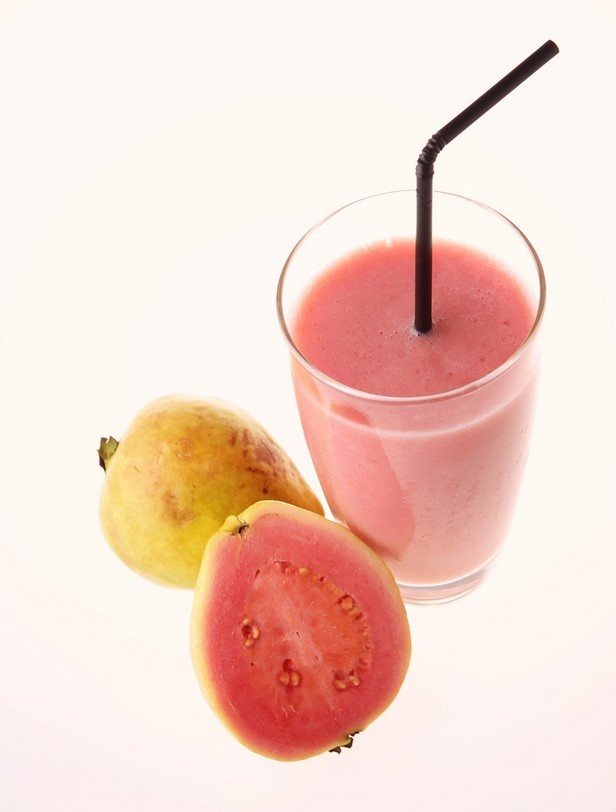
Guava and lime frieze
Can guava be grown at home?
Can. Moreover, there is a special variety bred for this. Its name is Coastal Psidium. The seeds can be purchased at specialty stores or ordered online. Guava feels great at home, only for this you need to create some conditions: sufficient lighting and regular watering. A small tree grows, 1 m high. In a year or two it will bloom and delight you with delicious fruits.

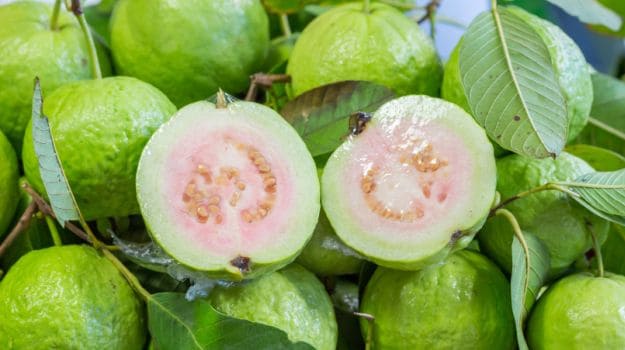
Where and at what price to buy
It is difficult to find such exotic in an ordinary supermarket, so you can buy guava in online stores of exotic fruits and vegetables.
| Name | price, rub. |
| Fresh guava (Thailand), 250 g | 300 |
| Dried (Thailand), 150 g | 210 |
| In Thai Food King syrup (Thailand), 565 g | 260 |
| Natural guava puree Ponthier (South Africa), 1kg | 1200 |
You can order the fruit fresh and thermally processed with delivery to all regions of Russia.
Useful Properties
The benefits of such a plant at home are enormous, since the guava houseplant is a natural air freshener, it saturates it with useful ions. Leaves are very useful. It is a good antiseptic. They are brewed and drunk as tea, which helps with coughs, intestinal infections, including dysentery. It prevents the development of inflammatory processes in the body, lowers the temperature.
If you have bad breath or toothache, it is enough to chew a leaf of a guava tree, as everything goes away. Guava restores the body’s strength, as it has a number of useful trace elements, a complex of vitamins and amino acids. It has recently taken the leading place among fruits in terms of the composition of nutrients. Its special value over other fruits lies in the fact that none of them contain so much vitamin C and potassium. In addition, it contains all types of vitamin B, vitamins A and E, calcium, magnesium, phosphorus.
This fruit strengthens the immune system, tones the body, has a positive effect on the cardiovascular system and central nervous system. Removes excess cholesterol, which normalizes blood pressure and reduces the risk of atherosclerosis. Guava is able to regulate the digestive process, which will work like a clock. Gastritis attacks, constipation pass, stomach and intestinal irritation soothes.
Guava is also used to treat infectious diseases of the gastrointestinal tract, even dysentery. The fruits are low-calorie, 100 grams contains only 78 kcal. Therefore, they can be consumed with dietary meals. This moment is relevant today. Therefore, if we take into account the amount of useful elements with a low calorie content, it will be a good help for the body.
Calorie content of guava, composition and content of nutrients
An exotic fruit is called a storehouse of vitamin C. Its pulp contains several times more of this substance than lemon pulp. Psidium leaves are rich in carotenoids and polyphenols.
The amount of nutrients depends on the variety. Below is their content in common guava. Its calorie content is 68 kcal per 100 g.
Macronutrients:
- water – 80,8 g;
- carbohydrates – 14,32 g;
- fats – 0,95 g;
- proteins – 2,55 g.
Vitamins:
- C – 0,23 g;
- E – 0,73 mg;
- B1 – 67 μg;
- B2 – 40 μg;
- B3 – 1,08 mg;
- B5 – 0,45 mg;
- B6 – 0,11 mg;
- folic acid – 49 mcg;
- A – 31 μg;
- K1 – 2,6 mcg.
Minerals:
- potassium – 0,42 g;
- calcium – 18 mg;
- phosphorus – 40 mg;
- sodium – 2 mg;
- magnesium – 22 mg;
- zinc – 0,23 mg;
- iron – 0,26 mg;
- manganese – 0,15 mg;
- copper – 0,23 mg;
- selenium – 0,6 mcg.
Fatty acid:
- saturated – 0,27 g;
- simple unsaturated – 87 mg;
- polyunsaturated – 0,4 g
Противопоказания
All properties of the guava fruit have been studied in detail. Each beneficial property has been confirmed by dozens of studies. This fruit has practically no contraindications. Guava, when consumed normally, does not cause allergies. But there is one contraindication. Guava, especially immature, should be used with caution by people with kidney problems. It is best to buy ripe fruits and enjoy the flavor of your favorite fruits.


Psidium fruits
Psidium produces very tasty and healthy fruits. They are often referred to simply as guava, by analogy with one of the species. They resemble a pear or lemon in shape and are covered with a dense green or raspberry skin. Inside there is a juicy and aromatic pulp of white, cream or pink flowers. In the center of the fruit, there are many small whitish seeds.
The pulp of psidium contains a large amount of ascorbic acid, tannins and essential oils. These fruits are simply irreplaceable in case of weakened immunity or loss of strength. The delicate pulp nourishes, energizes, strengthens the lymphatic system and helps fight colds. The only contraindication is an allergic reaction.
